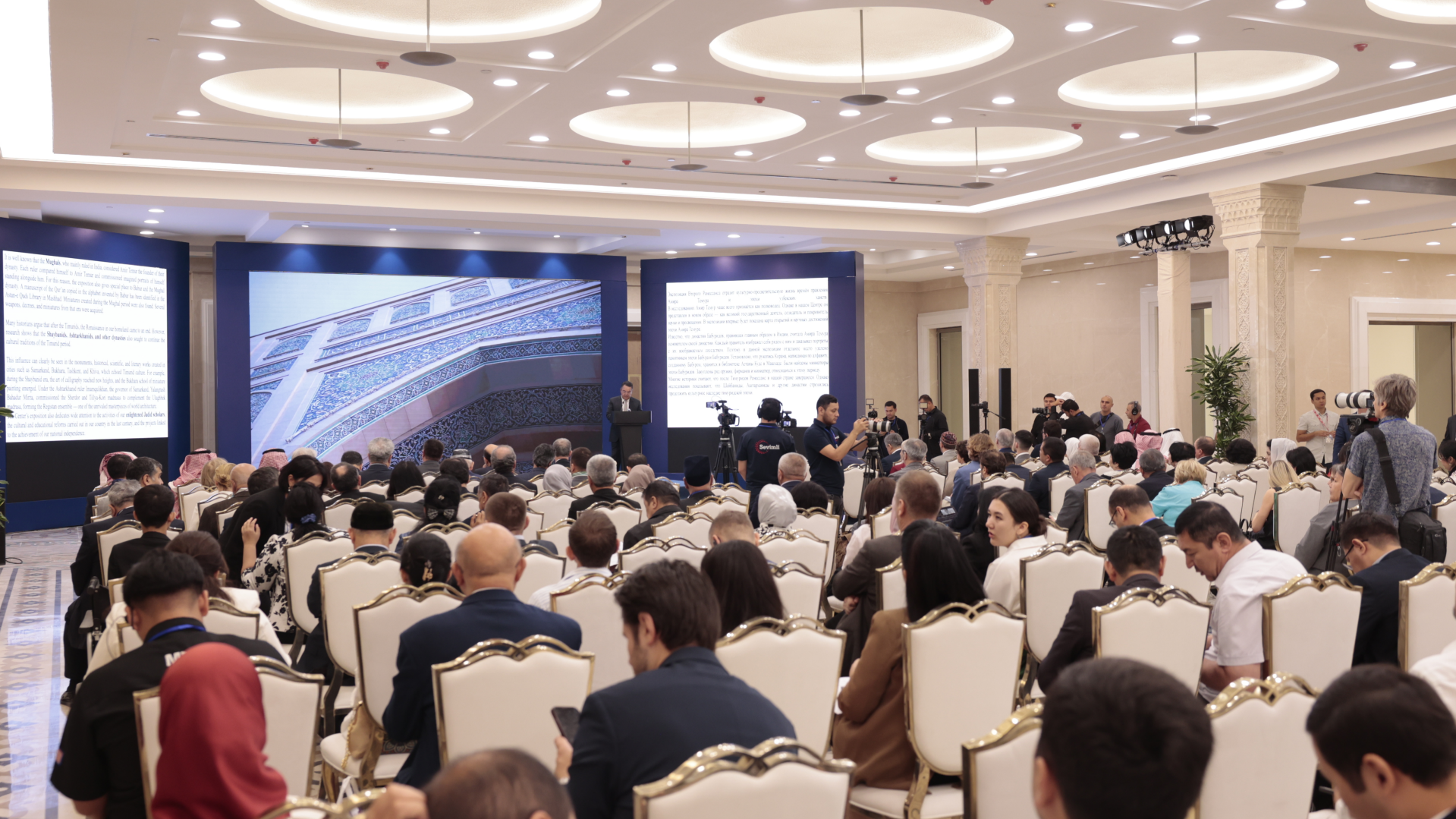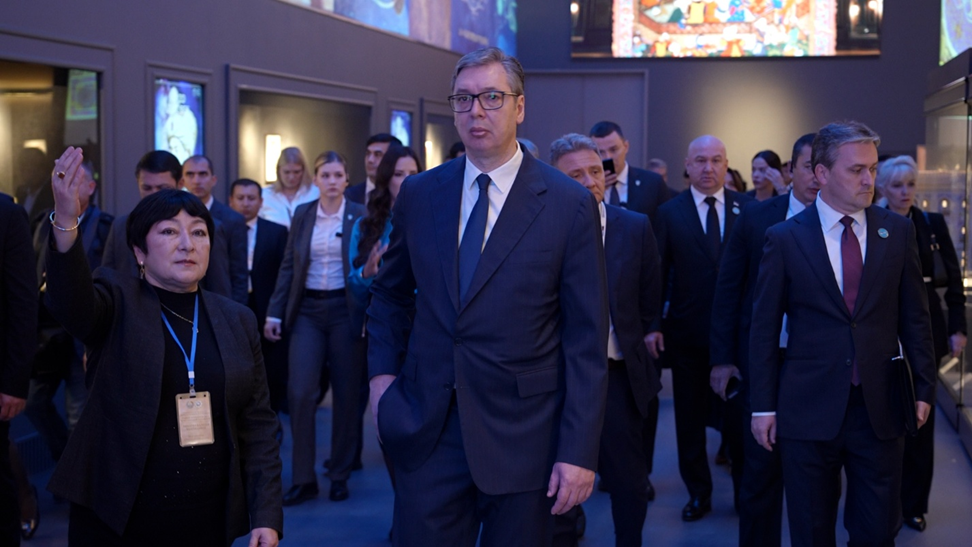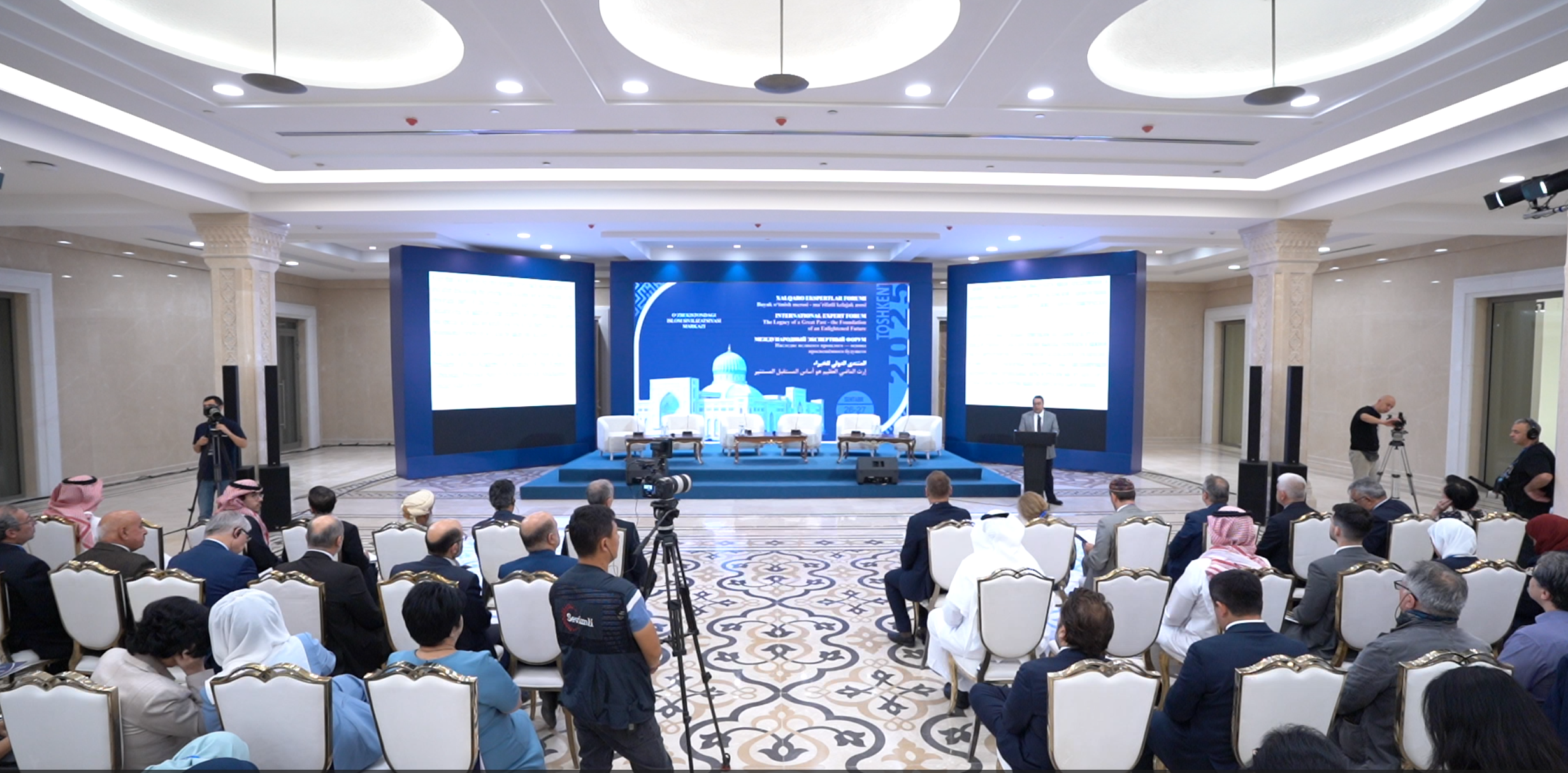Was a bridge built by Alexander the Great in Surkhandarya?

Various legends circulate among the people about a historical structure located in Kumkurgan district of Surkhandarya region — the Iskandar Bridge. Most of these stories attribute the construction of the bridge to the Greek commander Alexander the Great. However, scholarly research and historical sources call for a reassessment of this claim.
Studies show that the name “Iskandar” associated with the bridge is not linked to the period of its historical construction, but rather to Iskandar Sultan, the father of Abdullah Khan from the Shaybanid dynasty. Built by Abdullah Khan, who ruled in the 16th century, the bridge came to be named after his father, and over time, this name began to be mistakenly associated with Alexander the Great.
Information about the bridge’s history is preserved at the Termez Archaeological Museum. According to records, the bridge was constructed in the 16th century using bricks measuring 26×26×45 cm, along with lime, gypsum, alabaster, and wood. It reflects sophisticated architectural solutions and the craftsmanship of local artisans.
The bridge played a significant role in facilitating trade relations during the era of the Great Silk Road.
Currently, the Center of Islamic Civilization in Uzbekistan is engaged in reconstructing a model of this historical bridge. The model is being developed based on scholarly sources, archaeological data, and architectural analysis. This project aims to document, visually restore, and transmit the heritage of Islamic culture and architecture to future generations.
The model will be permanently exhibited at the Center of Islamic Civilization. This will allow local citizens and visitors to see, study, and appreciate this unique example of 16th-century Islamic architecture with their own eyes.
The Iskandar Bridge is not merely a historical structure, but a vivid symbol of collective memory, knowledge, architecture, and cultural heritage. The initiative of the Center of Islamic Civilization in Uzbekistan marks a significant step in preserving both the tangible and intangible legacy of our nation.
Most read

Over 100 experts from more than 20 countries of the world are in Tashkent!

President of Serbia Aleksandar Vučić visited the Islamic Civilization Center in Uzbekistan

The Center for Islamic Civilization – a global platform leading towards enlightenment











